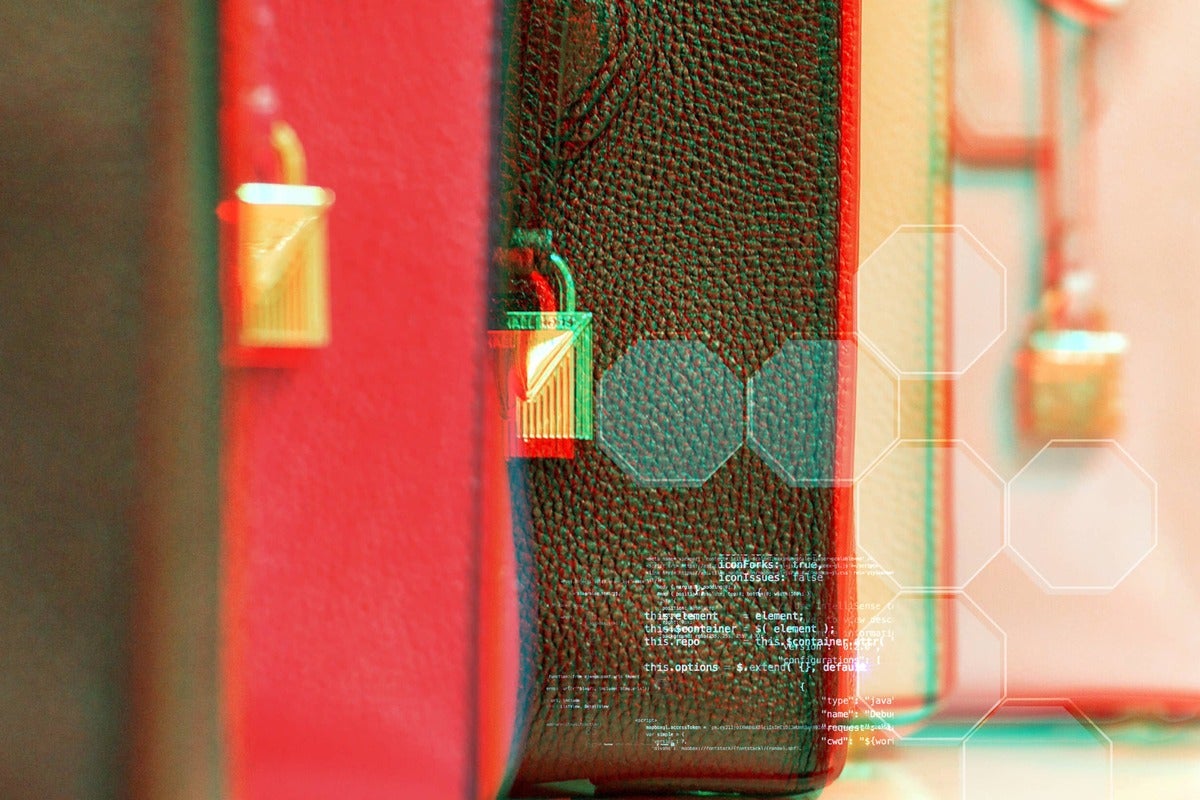Manhattan Associates is a Business Reporter client.
2024 European retail benchmark highlights Unified Commerce, emphasising personalised experiences, streamlined checkout, reliable fulfilment and exceptional customer service.
The challenges facing European retailers have always been complicated, requiring a tailored approach to strategies that accommodate the unique cultural tastes and nuances within each country, all the while, balancing the diverse economic backdrops and priorities of their markets.
Unified Commerce allows retailers to operate across diverse retail landscapes, connecting diverse consumer preferences with integrated shopping experiences in a way that creates one continuous, seamless customer journey and goes far beyond simply selling products.
With global ecommerce sales forecast to hit $6.3 trillion this year according to a recent study from Shopify, the findings and learnings from Manhattan’s 2024 European benchmark will help retailers to capture this huge opportunity and provide a roadmap to help them develop and accelerate the new in-store capabilities that will be key to success in 2024 and beyond.
The importance of search and discovery to consumers
European retail thrives on integrating digital options with physical stores, making search and discovery a key battleground for retailers.
Search and discovery refers to the set of retailer capabilities and experiences that help shoppers find the most meaningful products and services for their needs. To do so, a retailer must be able to curate a personalised experience based on shopper intent.
Are they looking for a specific item that they need urgently? Are they exploring the brand for the first time and need to understand how it can fit their lifestyle? Or maybe they are shopping for an occasion?
This category matters because there is a 37 per cent higher conversion rate for shoppers who initiate engagement with a retailer with a product search, while 32 per cent of shoppers will shop at another retailer if their desired product is out-of-stock.
European ‘Leaders’ in this segment have higher adoption rates than their peers in customer- experience capabilities such as category-specific filters, product recommendations, back-in-stock notifications, real-time inventory visibility and product sourcing and rating information.
Nevertheless, the adoption of some high-profile capabilities, such as AR and VR tools, recommendations based on past purchases and carbon-footprint information, is still relatively low, signalling that there is plenty of room for development among even Europe’s leading specialty retailers.

Prioritise fixing cart and checkout experiences
Cart and checkout refers to the set of retailer capabilities and experiences that help shoppers make a positive decision at the most critical point of conversion, or indeed abandonment.
Today’s modern shopping journeys are punctuated by a staccato, start-stop nature. Retailers must provide consumers with seamless continuity as they switch between the physical and the digital spaces, especially between shopping carts and wishlists so the burden is not on shoppers to repeat stages more than once.
This segment should matter to retailers as the benchmark findings suggest that over half (51 per cent) of shoppers say checkout is the ‘Number 1’ area that retailers should focus on if they want to improve the in-store experience. More than a third (37 per cent) said they would abandon their cart if they had to re-enter payment or delivery details more than once, and 35 per cent claimed that they would also abandon a shopping cart if the checkout process was taking too long.
Europe’s ‘Leaders’ in this segment have a higher adoption rate of customer experience capabilities such as promo code visibility in shopping cart, expedited guest checkout and payment options including gift cards and monthly instalments. However, key gaps remain and the adoption of high-impact capabilities, such as pay via close-loop wallets, using clickable promo codes and redeeming loyalty points for payments, is still low.
Keeping brand promises matters
Promising and fulfilment was the third area the benchmark looked at. It refers to the set of retailer capabilities and experiences related to offering shoppers the choice, confidence and clarity of how and when they can receive their orders.
If retailers can assist shoppers with important ordering and delivery-related information across the shopping journey, they increase their probability of conversion.
“What is the earliest I could get this item and how? Can I order an item for in-store pick-up and another for delivery as part of the same order? Can a store associate help me back-order an item currently out of stock in my preferred colour or size? Or could I modify my order post-purchase because I’ve changed my mind?”
These are all scenarios that will likely sound familiar to many of us. However, with 73 per cent of shoppers valuing same business day delivery, 59 per cent preferring to use a subscription-based model to get their essentials delivered and 68 per cent wanting self-service options that allow orders to be edited after being placed, questions like these really matter.
‘Leaders’ in Europe demonstrate a higher adoption rate of customer experience capabilities, such as multiple delivery options like BOPIS (Buy Online, Pick Up In Store), order tracking and real-time order updates and self-service options. However, split deliveries, the ability to compare delivery dates before checkout and to modify orders post-purchase, is still low.

A double-edged sword: customer service and support
Shoppers are pushing retailers to two extremes when it comes to service and support. First, they’re saying: “Give me service options that don’t interrupt the flow of my day”, while secondly, they’re saying: “Make me feel special through high-touch, personalised services.”
Specialty retailers can balance the two by using digital tools to improve service efficiency and the human empathy of their store and call centre associates to deliver authenticity and trust.
Only a third of shoppers said that retailers offer them a personalised shopping experience. Just over half (54 per cent) said they found refund and return processes to be very time-consuming, while almost two thirds (65 per cent) said they preferred 24/7 availability of customer support.
‘Leaders’ in this segment exhibited high levels of adoption in areas such as email support, calls or live chat, creating and managing wishlists, in-store self-checkout, and assistance with returns. Support via text or social media, maintaining subscriptions and a store associate’s ability to look up a customer’s purchase history, still remains low, however.
Retailers embracing a Unified Commerce approach are able to go beyond simply selling products, to a place where they can craft experiences that resonate beyond borders: they drive up to 3X higher revenue opportunities and create the type of brand loyalty every retailer covets.
View the full benchmark report here.
Source: independent.co.uk


